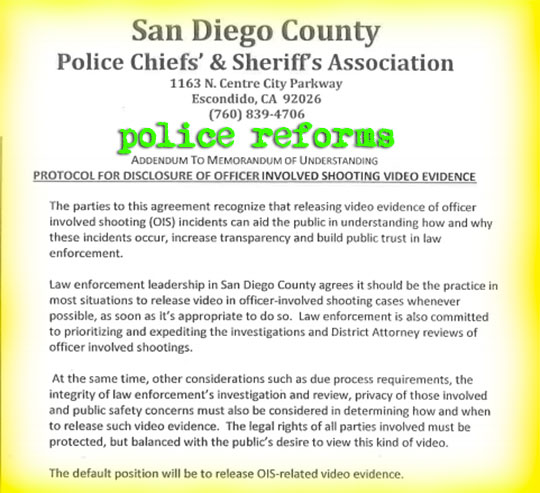On Tuesday, the Los Angeles Police Commission approved proposals from the commission’s president, Matt Johnson Commissioner Sandra Figueroa-Villa that aim to reduce fatal use-of-force and increase transparency after officer-involved shootings.
The commissioners voted to increase role-playing training that employs tense, real-world scenarios to help officers practice de-escalation. Commissioners also want the LAPD to gather public input on whether to a video of a shooting should be released. Figueroa-Villa pointed out that following a shooting, community members often have questions about the circumstances of the fatal use-of-force and whether it was necessary. “I believe transparency is vitally important in addressing those concerns,” said Figueroa-Villa.
Commissioners also approved a proposal to speed up the public release of information about incidents. The proposals were inspired by an 38-page report from the Office of the Inspector General.
The OIG traveled to Las Vegas, Dallas, San Diego, and Washington DC to examine those police departments’ policies on use of force, investigations, and training compared with those of the LAPD.
The Inspector General found that the LAPD limits information released after a shooting to details like time and location, the reason officers responded, and the condition of officers and suspects involved. The report found Las Vegas Metropolitan Police Department (LVMPD) is far more transparent following officer-involved shootings, releasing a good deal of information—quickly—to the public. Around 48 hours after a shooting, the LVPD publicly releases names, ranks, tenure, and ages of involved officers.
By day three, the LVMPD undersheriff conducts media briefing with a presentation that includes basic information about the incident, 911 call recordings, and video evidence, as well as detailed account of the officer-involved-shooting and the events leading up to the shooting, including what weapon was used, how many rounds were fired, and whether body cameras were equipped and turned on. The LVPD presentation also includes photos of the crime scene “with the locations of the parties and the distances between them marked,” and evidence recovered from the location.
The Dallas PD, Washington’s Metropolitan Police Department (MPD), and the LVPD require officers to exhaust all reasonable alternatives before using deadly force. The LVPD specifically uses de-escalation language in its use-of-force policy: “When use of force is needed, officer will assess each incident to determine, based on policy, training and experience, which use of force option will de-escalate the situation and bring it under control in a safe and prudent manner.” While the LAPD teaches recruits to exhaust non-lethal force options before employing deadly force, that concept was removed from the department’s use-of-force policy when it was revised seven years ago.
LAPD officials now have 90 days to report back with policies addressing the commission’s proposals.

